Hans-Jörg Mayer
January 26 – March 23, 2008
Hans-Jörg Mayer's paintings deal with classic themes of painting: figure, portrait, landscape. Mayer's subjects, men and women, are equally threatening and menacing. The translucent pallor, the sometimes disturbing exposure of the figures, contrasts with their statuesque poses and their mostly life-size presence. The space surrounding the figures, city or landscape, often seems like a backdrop that serves the figures, surrounding them with symbolic props, doors, furniture, costumes, geese or rabbits. Stylistically, the paintings are based on great art-historical models such as El Greco, Tiepolo or Goya. Like the old models quoted with a sure hand, Maye understands the pictorial space less as an excerpt from reality than as a space of meaning that functions like a stage. Mayer's conception of painting is embedded in a tradition of highly reflective art, which dominated the Cologne scene, especially in the 1990s, with its worldwide appeal. As a direct successor to the Cologne "Wild Ones", who were considered unintellectual and overrated at the time and who celebrated great success in the early 1980s, artists such as Martin Kippenberger, Jutta Koether, Cosima von Bonin, Merlin Carpenter and Hans-Jörg Mayer countered the rediscovery of Expressionism with thoughtful and brittle art. The constant reflection on what art is capable of achieving as a social and political concept and the simultaneous proliferation of aesthetic means of expression in the direction of music, journalism, sociology, theatre, crafts or literature were characteristic of this fertile and as yet not fully appreciated artistic era. Since this time in Cologne, Hans-Jörg Mayer's work has undergone a panopticon of painterly possibilities, ranging from expressive portraits to cool abstraction with slogans, leading to his own definition of pop realism. Mayer is interested in the mixture of intellect and emotion, pure painting and social relevance, which is sometimes considered incompatible in the visual arts, especially in recent times. The artist sees this as both an opportunity and a necessity for his ongoing search for a valid visual language. The broad anchoring of the art-historical frame of reference as well as personal expression can be experienced in the exhibition conceived for the Bonner Kunstverein in an exciting and unwieldy quality and thus presents the viewer with an unusually complex task. Mayer thus refuses both a nonsensical, cerebral art-as-social-commentary and the aesthetic self-gratification that many works of painting in particular display today. Curated by Stephan Strsembski.
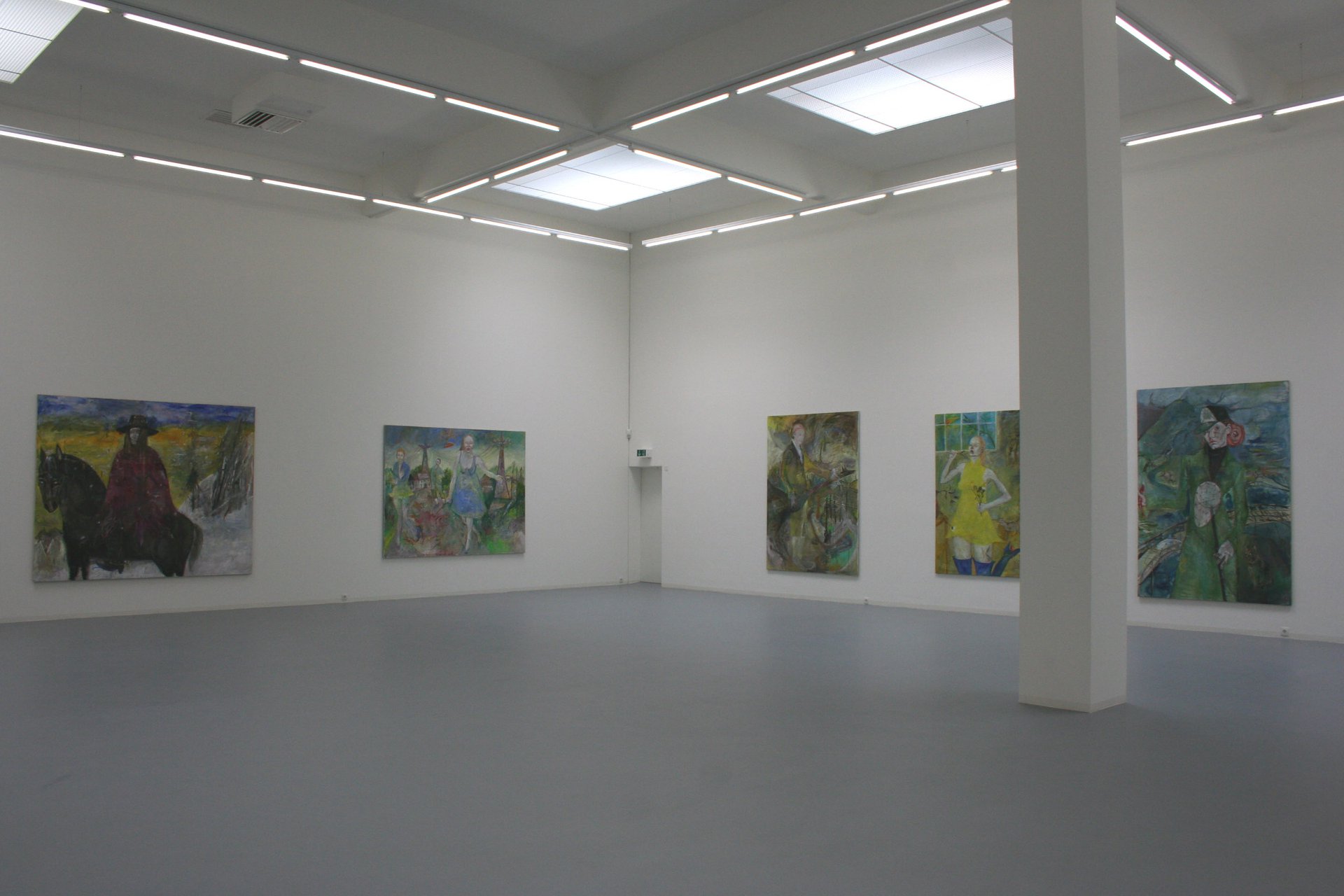
Hans-Jörg Mayer, Installation view, Bonner Kunstverein, 2008. Photo:n.a.
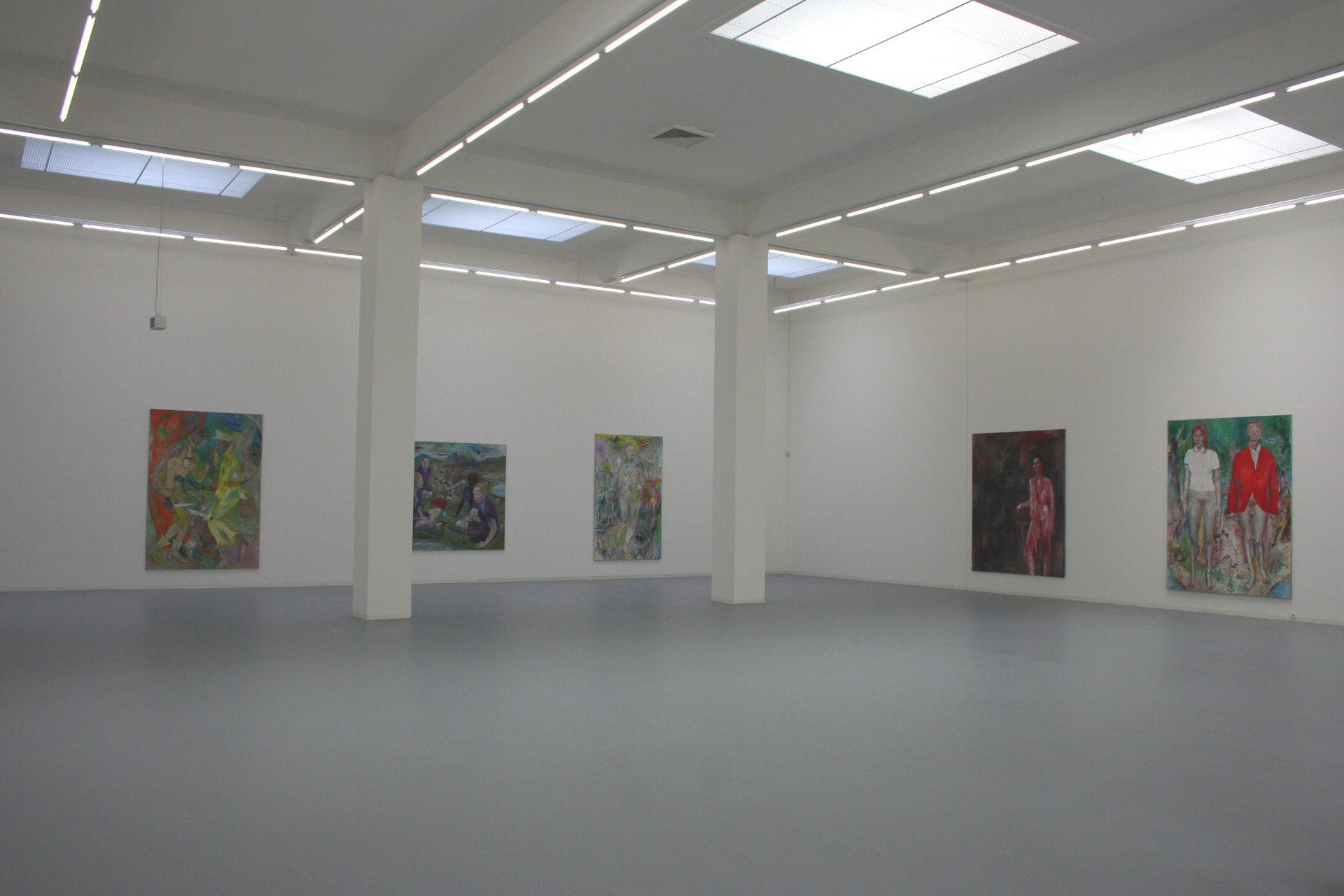
Hans-Jörg Mayer, Installation view, Bonner Kunstverein, 2008. Photo:n.a.
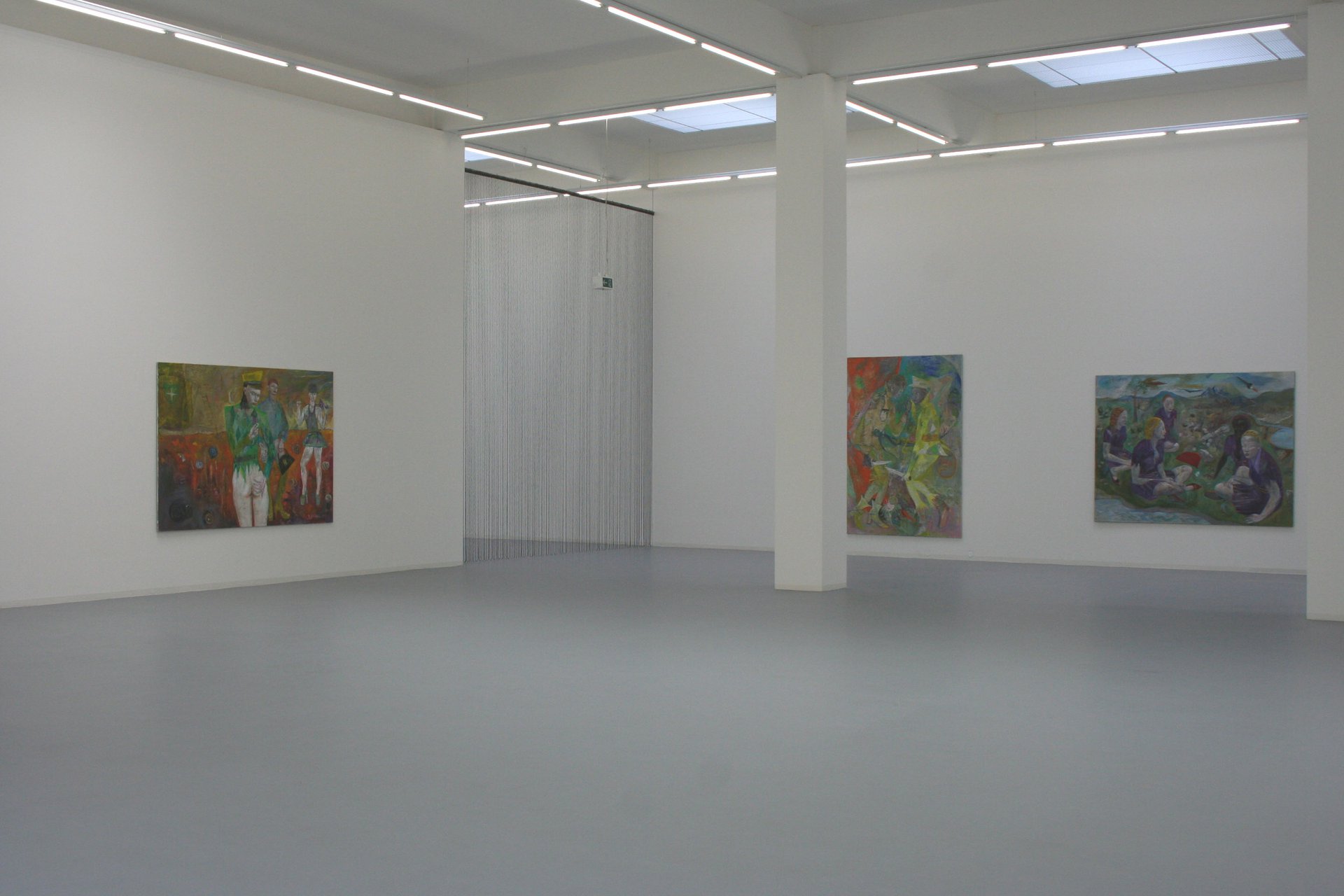
Hans-Jörg Mayer, Installation view, Bonner Kunstverein, 2008. Photo:n.a.
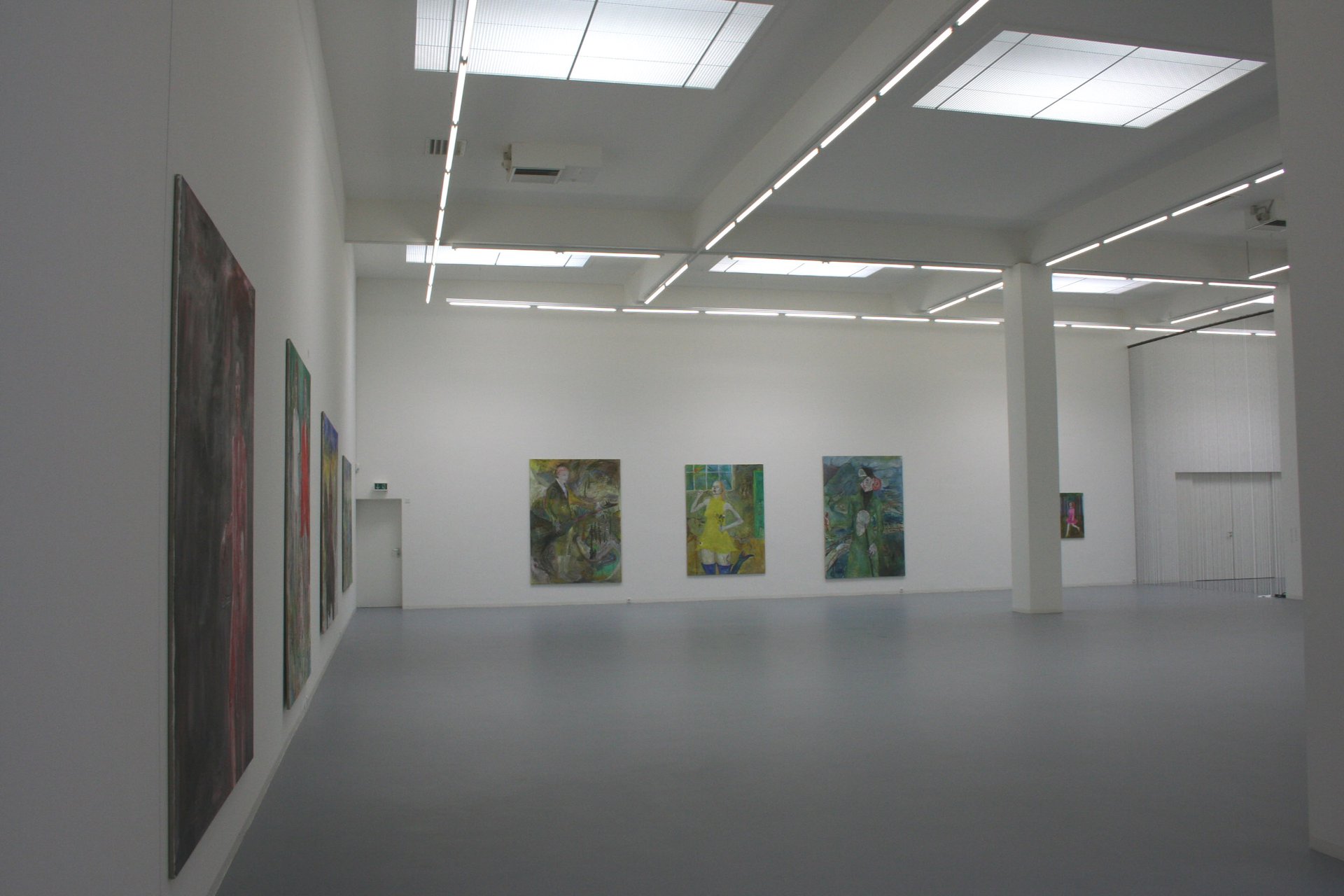
Hans-Jörg Mayer, Installation view, Bonner Kunstverein, 2008. Photo:n.a.
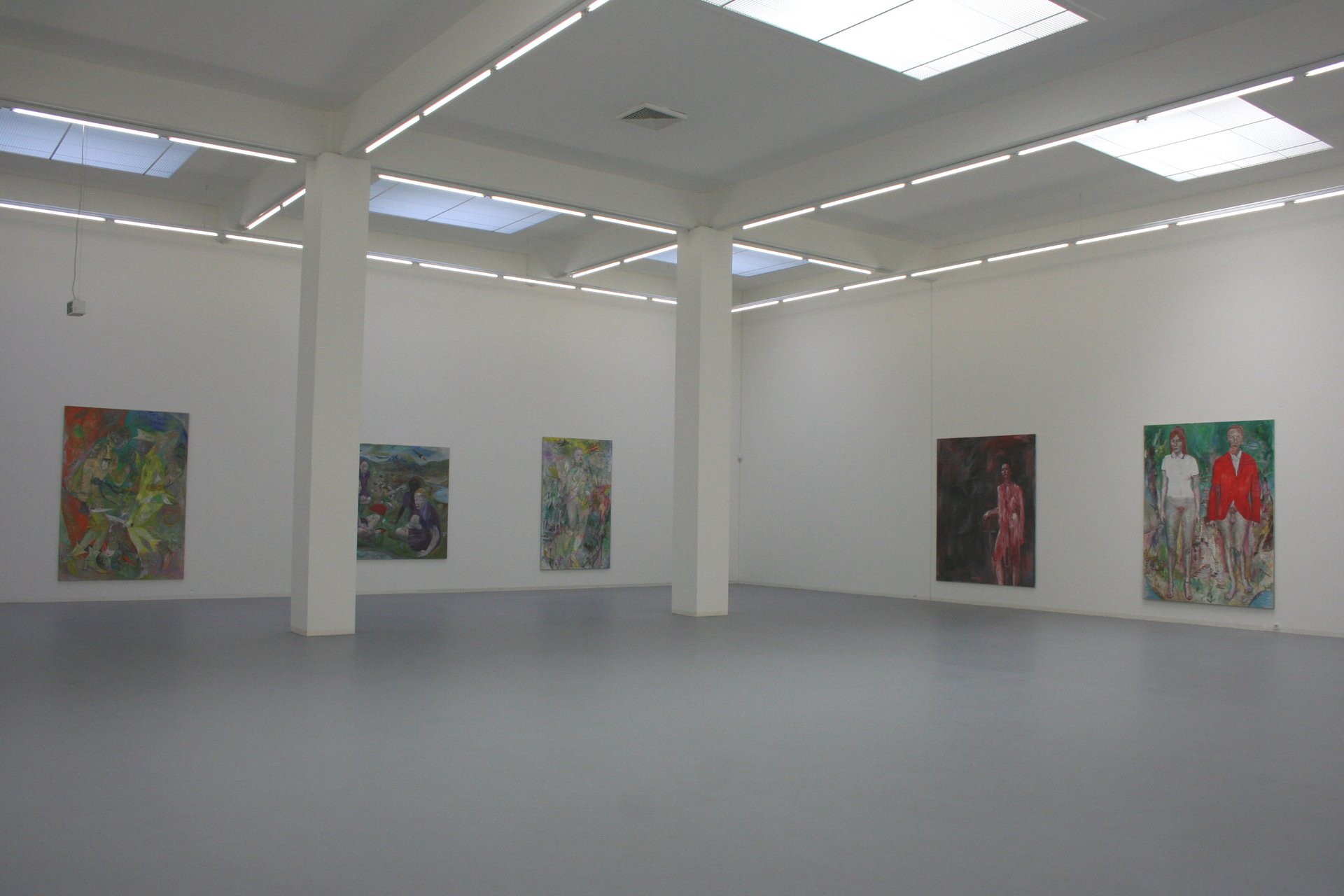
Hans-Jörg Mayer, Installation view, Bonner Kunstverein, 2008. Photo:n.a.
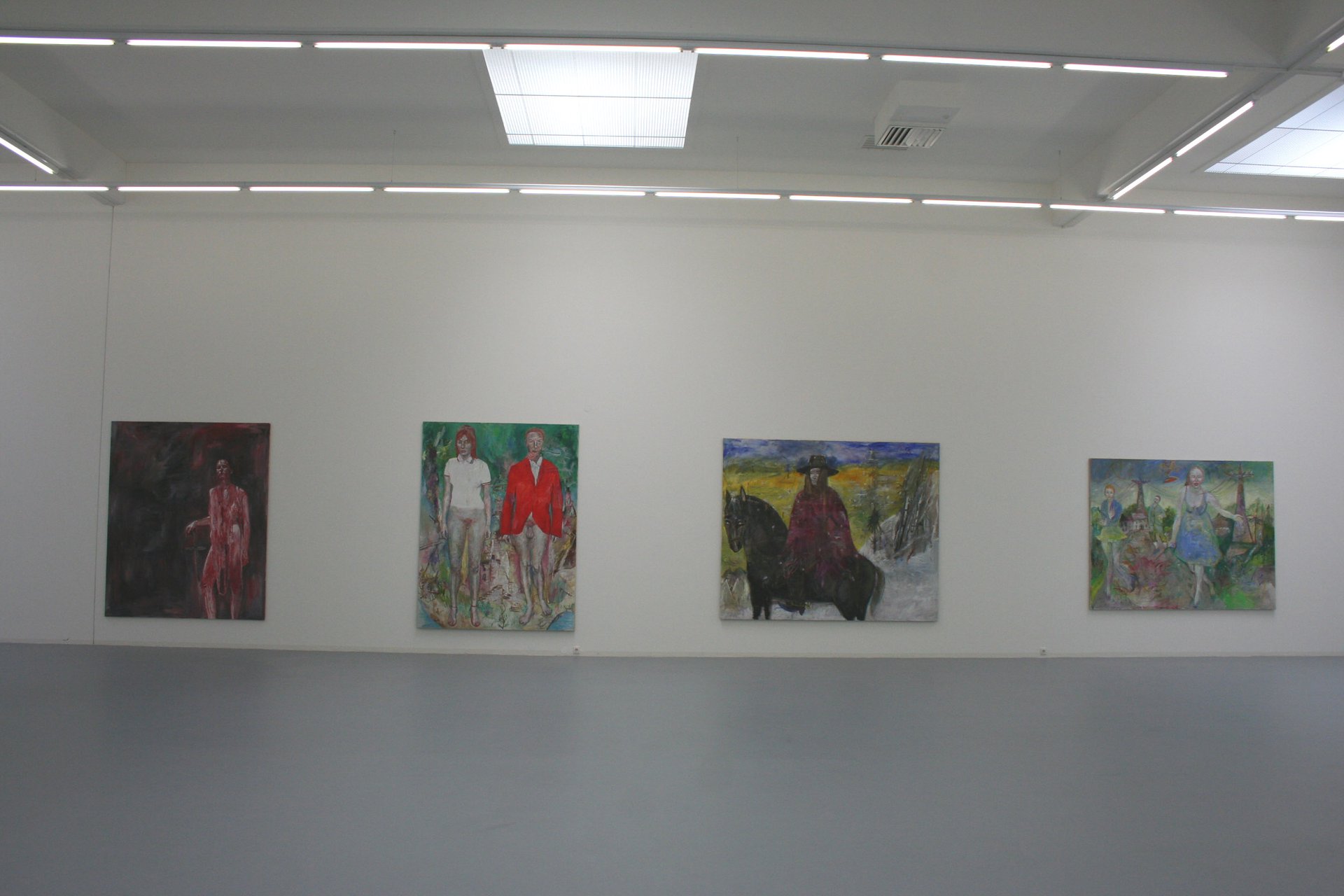
Hans-Jörg Mayer, Installation view, Bonner Kunstverein, 2008. Photo:n.a.